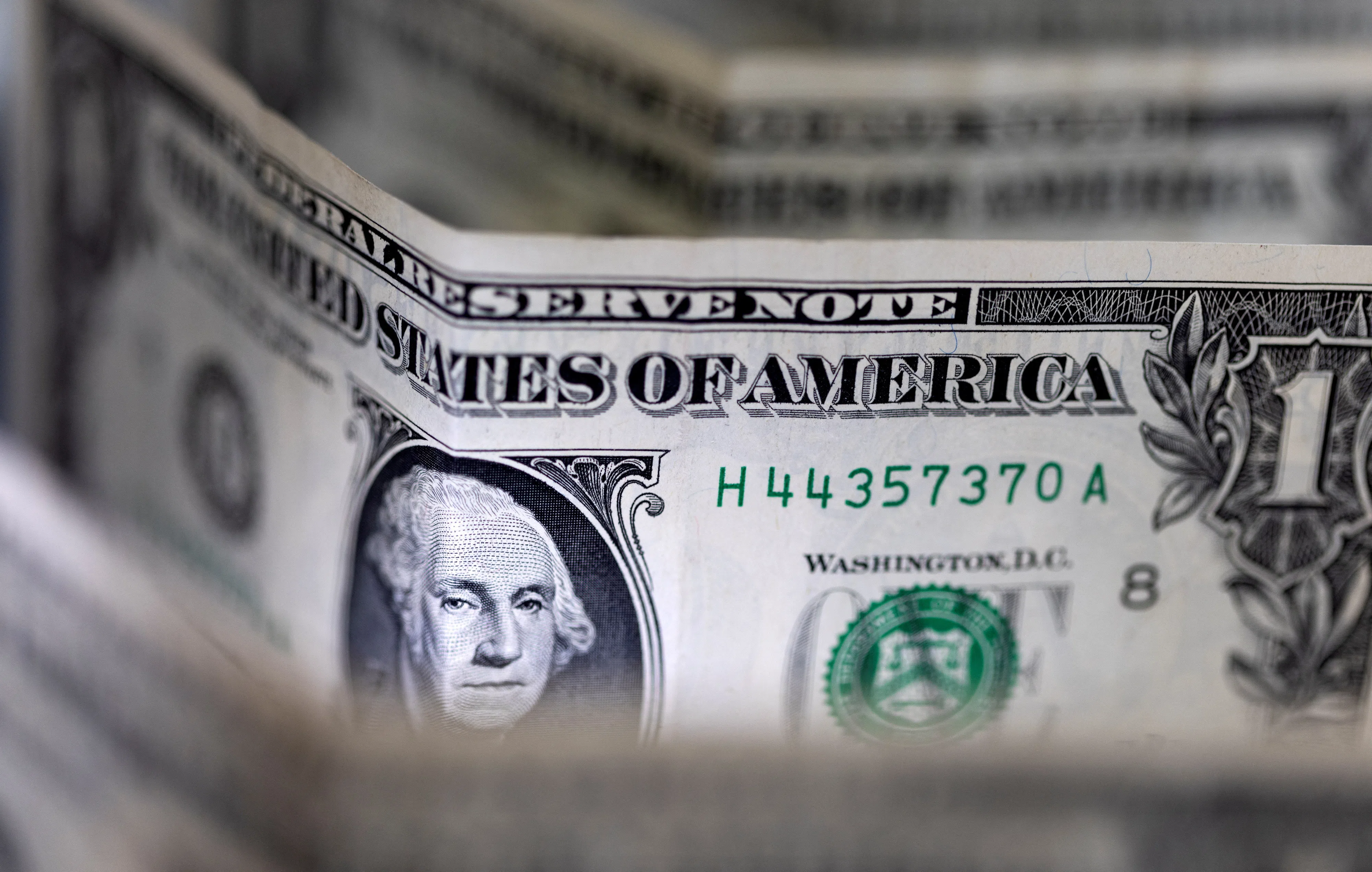THE US dollar strengthened on Thursday (Oct 3) on expectations the US Federal Reserve will not rush to cut interest rates, while the pound lagged its developed markets peers after dovish comments from Bank of England governor Andrew Bailey.
Sterling hit a two-week low against the dollar after Bailey said in an interview that the central bank could become “a bit more activist” on rate cuts if there was more good news on inflation.
Bailey has sounded more dovish in recent weeks, saying last month he was “optimistic” that inflationary pressures would ease sufficiently for the central bank to cut rates further.
Sterling dropped 1.2 per cent to US$1.31040 after bets on a more gradual pace of rate cuts by the BOE helped sterling hit a more than two-year high just last week and outperform its G10 peers this year.
“The Bank of England moving closer to stepping up the pace of rate cuts will start to take some of the shine away from sterling,” said Lee Hardman, senior currency analyst at MUFG.
The pound was on track for its steepest daily decline in two years against the euro at 84.24 pence.
BT in your inbox
Start and end each day with the latest news stories and analyses delivered straight to your inbox.
The yen hit a more than six-week low versus the dollar as Japan’s new prime minister said on Wednesday, following a meeting with the central bank governor, that the country was not ready for further rate hikes.
The safe-haven US currency firmed across the board as tensions simmered in the Middle East following Iran’s ballistic missile attack on Israel, which sparked a vow of revenge.
The dollar index, which measures the currency against the euro, yen and four other top rivals, was up 0.3 per cent to 101.91 at 0956 GMT, after hitting a three-week peak of 101.920.
Better than expected US private payrolls data on Wednesday raised expectations for a strong non-farm payrolls reading on Friday that could be critical for the pace of Fed policy easing.
Rising geopolitical risks this week and expectations for looser policy outside the US have helped the dollar recover from a more than one-month low on Friday, Hardman said.
“The market would likely move more if payrolls was weaker than expected, because that would then encourage (traders) to price in a higher bets of a 50 basis point cut in November.”
Currently, traders lay 35.2 per cent odds of another 50 basis point US rate cut on Nov 7, according to the CME Group’s FedWatch Tool, which is down from 49.3 per cent a week ago, but still seems too high, according to Ray Attrill, head of FX strategy at National Australia Bank.
The euro slid to a three-week trough after normally hawkish European Central Bank policymaker Isabel Schnabel took a dovish tone on inflation, cementing bets for a rate cut this month.
The euro was flat at US$1.1043 after earlier touching US$1.1025 for the first time since Sep 12.
The Swiss franc hit to a three-week low against the dollar after softer than expected Swiss inflation data reinforced bets of more rate cuts by the Swiss National Bank.
Sweden’s krona dipped after Riksbank deputy governor Per Jansson said a 50 basis point cut is on the table for this year.
The dollar added 0.3 per cent to 146.785 yen after earlier reaching 147.250 for the first time since Aug 20.
Dovish Bank of Japan policy maker Asahi Noguchi, who dissented against the rate hike in July, reinforced market views it will be in no rush to lift borrowing costs.
On Wednesday, Japanese Prime Minister Shigeru Ishiba completed his flip from perceived monetary hawk to dove, saying: “I do not believe that we are in an environment that would require us to raise interest rates further.”
“Ishiba’s comments signal he would like financial markets to remain relatively stable ahead of the snap election that he called earlier this week,” said Hardman.
After taking the top job on Tuesday, Ishiba called a snap general election for Oct 27, four days ahead of the BOJ’s next policy decision. REUTERS






